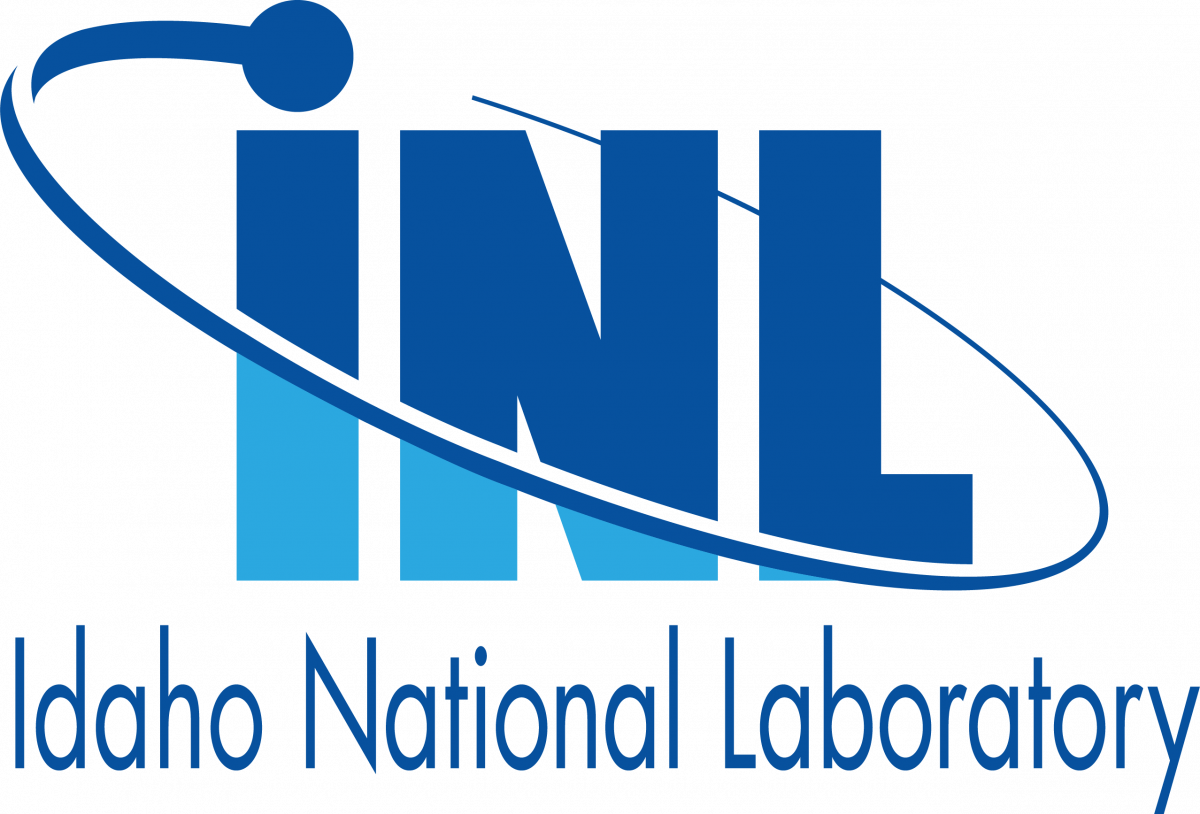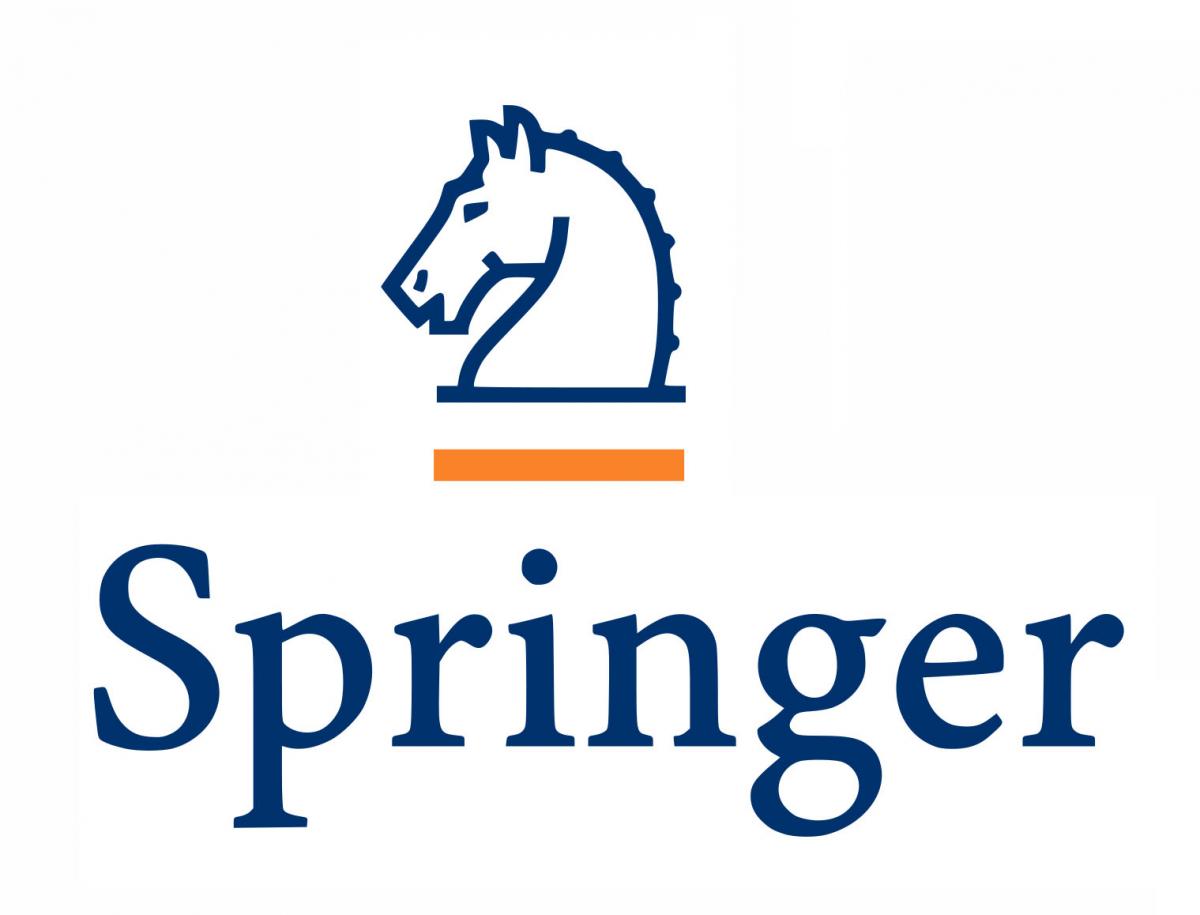Jacqueline Chen, Sandia National Laboratories
Mitigating climate change while providing the nation’s transportation and power generation are important to energy and environmental security. The shift to hydrogen as a clean energy carrier is one of the most promising strategies to reduce CO2 emissions in the face of increasing energy demand. While hydrogen has a few drawbacks as an energy carrier due to its low energy density, ammonia is simpler to transport and store for extended periods of time, making it an attractive carbon-free energy carrier for off-grid localized power generation and marine shipping. However ammonia has poor reactivity and forms NOx and N2O emissions. The poor ammonia reactivity can be circumvented by partial cracking of ammonia to form ammonia/hydrogen/nitrogen blends tailored to match conventional hydrocarbon fuel properties. However, combustion of ammonia/hydrogen/nitrogen blends at high pressure, and in particular, the coupling between turbulence and fast hydrogen diffusion remains poorly understood. Exascale computing provides a unique opportunity for direct numerical simulation (DNS) of turbulent combustion with ammonia/hydrogen blends to investigate pressure effects on combustion rate, blow-off limits and chemical pathways for NOx and N2O formation.
Exascale computing introduces challenges for data management and the need for reduced order surrogate models (ROMS) for chemical species dimension reduction and for novel in situ analysis and visualization methods. A novel model driven on-the-fly ROM recently formulated and implemented in reactive flow DNS to reduce the computational cost of chemistry will be described.











